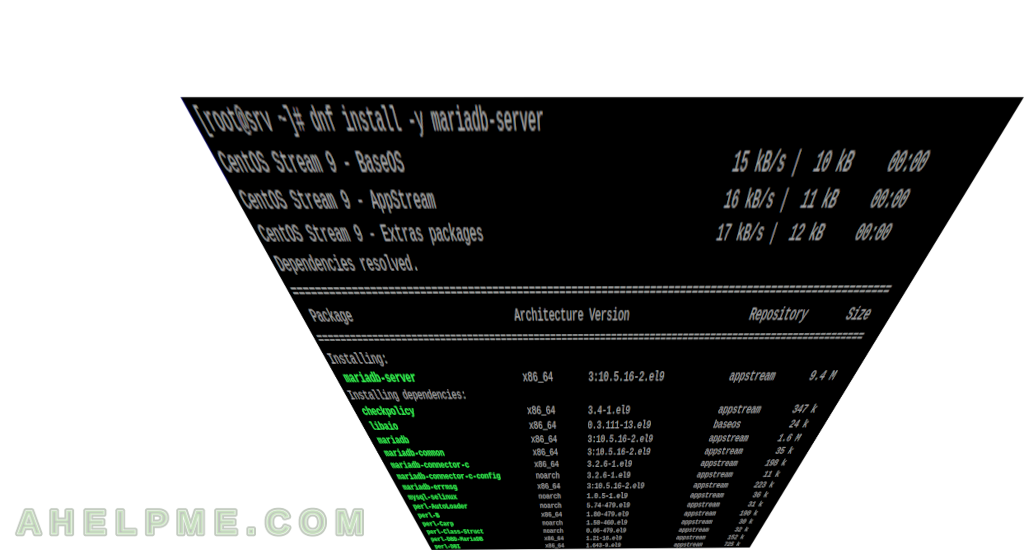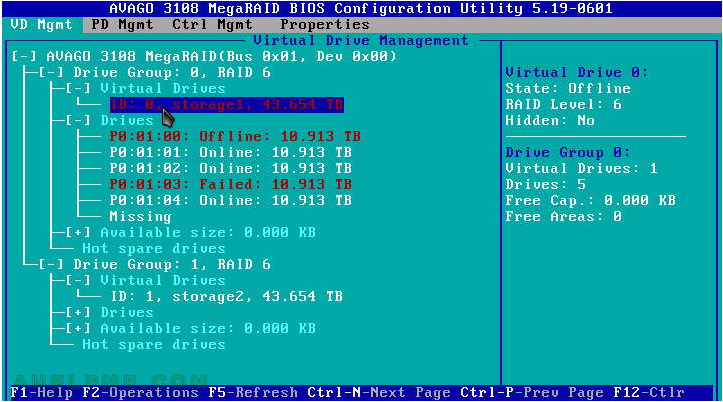
This article describes how to install a Web server with application back-end PHP and database back-end MySQL using MariaDB. In continuing the same topic, but with different software from the previous article – How To Install Linux, Nginx, MySQL (MariaDB), PHP-FPM (LEMP) Stack on CentOS Stream 9, where the Web server is Nginx with application back-end PHP-FPM, which is a sort of CGI (FastCGI). In this article, the Web server is Apache and the application is again PHP-FPM, because since the CentOS 8 the Apache mod_php is deprecated.
All the software installed throughout this article is from the CentOS Stream 9 official repositories including the EPEL repository. The machine is installed with a minimal installation of CentOS Stream 9 and there is a how-to here – Network installation of CentOS Stream 9 (20220606.0) – minimal server installation.
Here are the steps to perform:
- Install, configure and start the database MariaDB.
- Install, configure and start the PHP-FPM and PHP cli.
- Install, configure and start the Web server Apache 2.x.
- Configure the system – firewall and SELinux.
- Test the installation with a phpMyAdmin installation.
- Bonus – Apache HTTPS with SSL certificate – self-signed and letsencrypt.
STEP 1) Install, configure and start the database MariaDB.
First, install the MariaDB server by:
dnf install -y mariadb-server
To configure the MariaDB server, the main file is /etc/my.cnf, which just includes all files under the folder /etc/my.cnf.d/
[root@srv ~]# cat /etc/my.cnf # # This group is read both both by the client and the server # use it for options that affect everything # [client-server] # # include all files from the config directory # !includedir /etc/my.cnf.d [root@srv ~]# ls -altr /etc/my.cnf.d/ total 32 -rw-r--r--. 1 root root 295 Mar 25 2022 client.cnf -rw-r--r--. 1 root root 120 May 18 07:55 spider.cnf -rw-r--r--. 1 root root 232 May 18 07:55 mysql-clients.cnf -rw-r--r--. 1 root root 763 May 18 07:55 enable_encryption.preset -rw-r--r--. 1 root root 1458 Jun 13 13:24 mariadb-server.cnf -rw-r--r--. 1 root root 42 Jun 13 13:29 auth_gssapi.cnf drwxr-xr-x. 2 root root 4096 Oct 6 06:34 . drwxr-xr-x. 81 root root 4096 Oct 6 06:34 ..
The most important file for the MariaDB server is /etc/my.cnf.d/mariadb-server.cnf, where all the server options are included. Under section “[mysqld]” add options to tune the MariaDB server. Supported options could be found here: https://mariadb.com/kb/en/mysqld-options/
Add the following options under “[mysqld]” in /etc/my.cnf.d/mariadb-server.cnf
Keep on reading!


